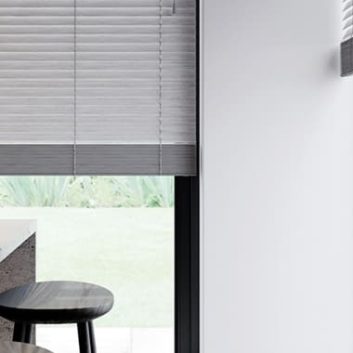
Want to redecorate your whole home, or just a room? Don’t have a scooby what you’re doing but not going to let that stop you? Have questionable taste and judgemental in-laws? This blog post is for you.
As we all know, Google has more websites/“experts” purporting to tell you how to decorate than it does websites/experts waiting to tell you that your ingrown toenail is a symptom of stroke, and you should listen to exactly none of them when it comes to interior design DIY-style (or healthcare).
Why should you listen to me then? Well, technically (and in the interests of not getting sued) I’m not actually advocating for that either; but the good news is, I’m also not here to tell you what colours are nice, what interior design theme you should go for, or if it’s groovy or gauche to mix prints right now.
What I am going to do is share the ten commandments of interior design as determined by me (and absolutely no higher authority, so bear that in mind) that are universally useful to anyone planning a DIY interior design project or looking for guidance on how to go about things.
1. Thou shalt not overestimate thou’s abilities.

This is the ground level of things; how many rooms you’re doing, how dramatically (i.e., fixtures and fittings, or just a lick of paint?) what sort of budget you have, and so on.
Think about things like if you will have help, and how competent (and reliable!) said help is, your own skills level, how extensive your tools and power tools are, and even things like if you have any external restrictions, like landlord, residents’ association, or housing association rules you need to work within.
2. Plan out the logistics of potential challenges, as failing to do so may result in you taking the name of the Lord thy God in vain.

Whether you’re planning to redo your whole house or just one room, how is that going to look? Are you going to do one room/area at a time, and are you going to have a unifying theme?
What are the logistics going to be if you have one shower in the house and the project involves reducing that to zero showers for a few days while you install a supersonic new one?
Want a grand piano in the attic? How are you planning to get it there?
Visions of making green tea in your summer house? Got an electric supply and water out there too? Nope?
Back to the drawing board…
3. Thou shalt steal borrow thou’s neighbours ideas if thou wishes.

Even if you have a very set idea of how you want things to look, be open to other ideas. I’m certainly not saying you have to follow the advice of friends (and doing just that resulted in me going to sleep on a train in Reading and waking up in Pembrokeshire, which was not, to be clear, where I was hoping to finish my evening) but just… Don’t rule out exploring other options and listening to people’s thoughts.
You can always ignore/disregarded them later, after all.
4. Honor thy sensibilities of colour, but do not worship false idols.
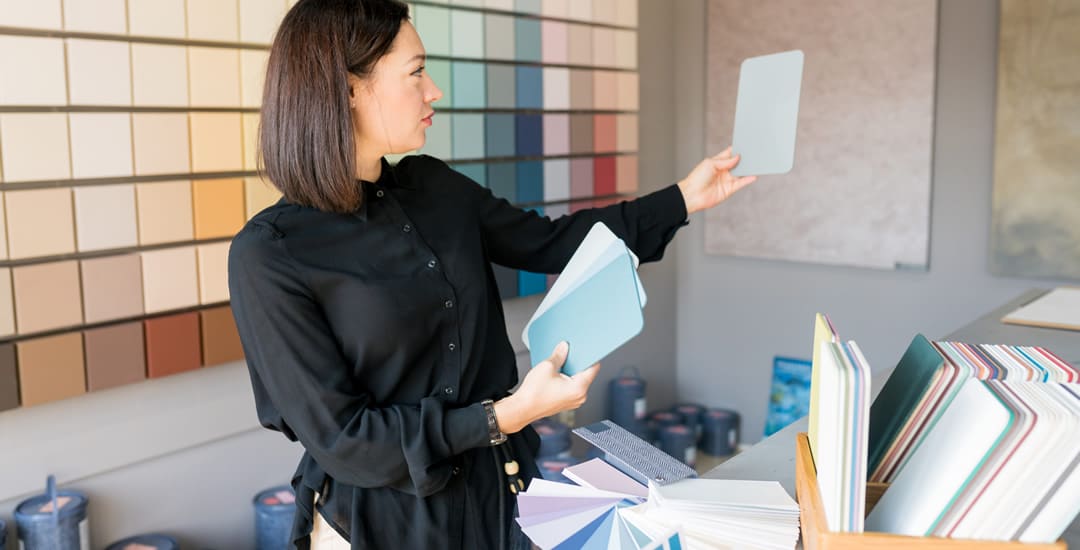
Deciding the sort of colour or colour scheme and/or pattern or design you want to build your DIY interior design around is the biggest or most highly-loaded part of decorating for most people. It is also the area with potentially the most logistical pitfalls, which isn’t always obvious.
Por que? A few things. If you get a custom colour mixed up by someone like Dulux, this is probably a fairly safe bet as you can always get more made in the future.
However, if you’re buying anything off the shelf, be it paint, tiles, cushion covers, accessories, anything, will you be able to replace/repair/get more of the same if needed in future?
Custom colours or a run of a particular shade can’t always be emulated or matched to other things. One ridiculous problem I actually had a few years ago also neatly outlines another issue I really don’t feel I could have foreseen. I bought some goods from Argos’s “Colourmatch” range, and the whole USP of this range was that you could get multiple types of goods all in this exact same shade, so you could pick things like, towels, in colours that matched the frame of a mirror from the same grouping.
What went wrong? Well, I got a red throw and then some red cushions from the same “Colourmatch” group all at the same time, and they had honestly and ridiculously changed the formula/shade of the “red” of the range at some point but were flogging goods from both sides of the schism side by side in the same store.
TBH I find the idea that they switched the shade ridiculous/problematic anyway as obviously lots of people buy additional bits and bobs over the course of time, but it was particularly acute for me that two items bought at the same time in the same store bore less in common than my two eyebrows did after I tried to shape them myself during lockdown.
5. Thou shalt avoid offending the eyes of oneself and others
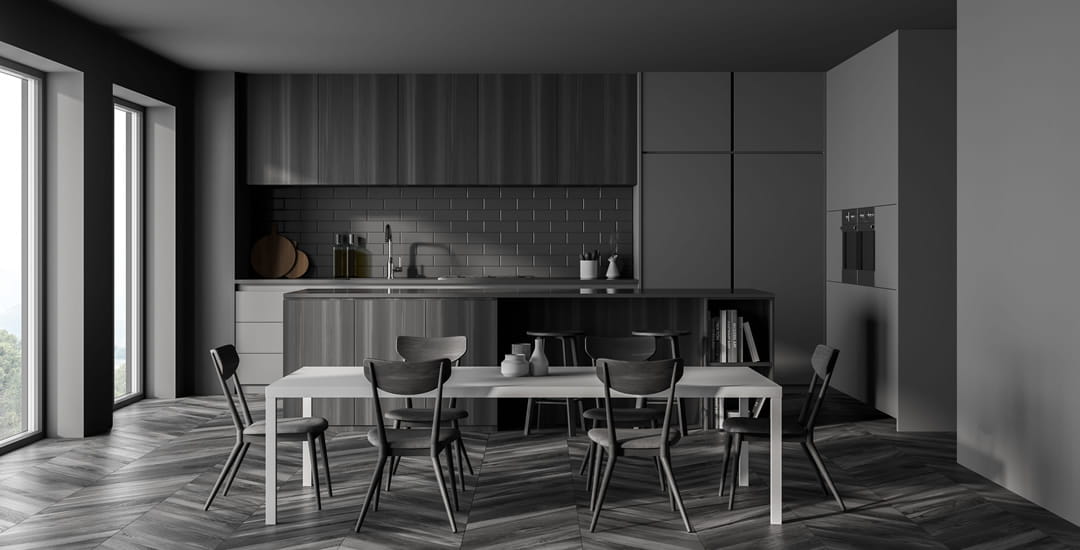
Very few people (other than the set designers of Play School and similar) think that having literally everything within a room the exact same colour as everything else is a good thing. This means that most of us use a range of colours that get on well with each other or that contrast nicely, and this is what received wisdom generally considers to be The Right Approach.
One thing that is often overlooked but that can make your otherwise-complementary colours look like they’re having a fight nonetheless, is if they don’t get on in terms of tone.
Cool or warm, kind of thing. Everyone can spot a tone that’s incongruous to its pal, and this absolutely never works. Colours can contrast just fine while still looking good, but mixing cool and warm tones in the same room or area is just about the only thing that everyone can agree doesn’t work.
6. Thou shalt experiment before you commit.
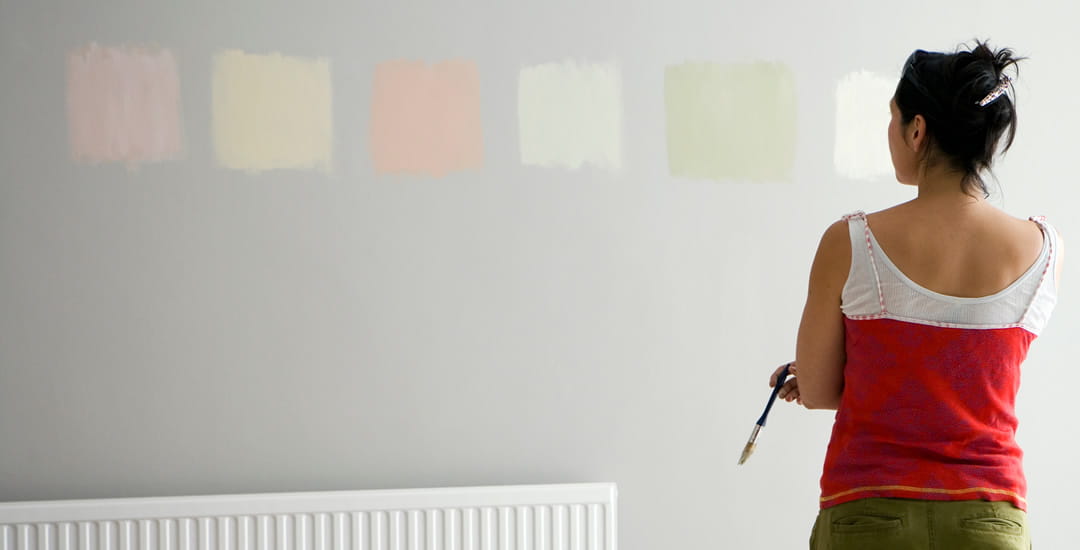
No, not like that. I mean, also like that, but in this context, I mean samples and swatches, not wife swap.
Before you paint a wall, get some sample pots in a range of shades, and do a reasonable sized square of said wall in each, let it meet the cushion covers and see if that’s a right swipe or not, send off for samples of the various fabrics and materials you’re considering for your blinds etc. Basically, try before you buy.
This is not just to make sure you’re getting the colour you think you are rather than the colour your phone’s screen seems to think is a sound interpretation thereof, but also, to let you check out the quality of things before you invest in them too.
7. Thou shalt take a step back and think of the bigger picture
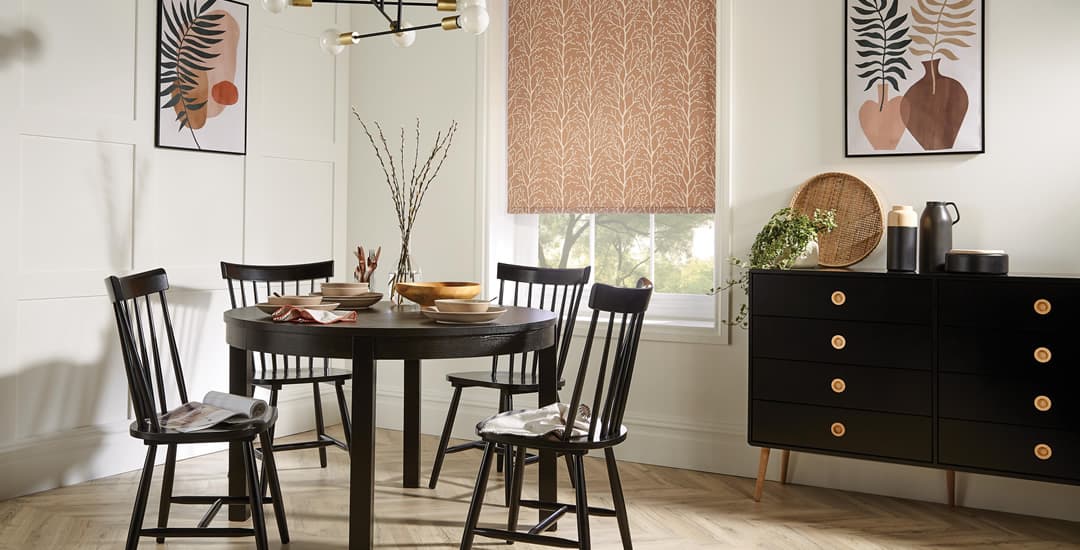
This is a literal one, in terms of perspective, ergonomics, and so on. Small window? A blind made of really wide slats or with a thick striped design might result in things looking a little odd, for instance.
What’s the focal point of the room supposed to be, and is it? Even if your telly is the size of a football pitch, if you have a really huge, bright sofa bang in the middle of the room, the focal point might end up being the sofa nonetheless.
Look at how the sizes and dimensions of things work together, and if something niggles or looks/feels odd but you can’t put your finger on why, pause and/or get a second opinion rather than assuming you’ll get used to it in time. You won’t, it will only annoy you more.
8. Thou shalt not render a perfectly good room unserviceable
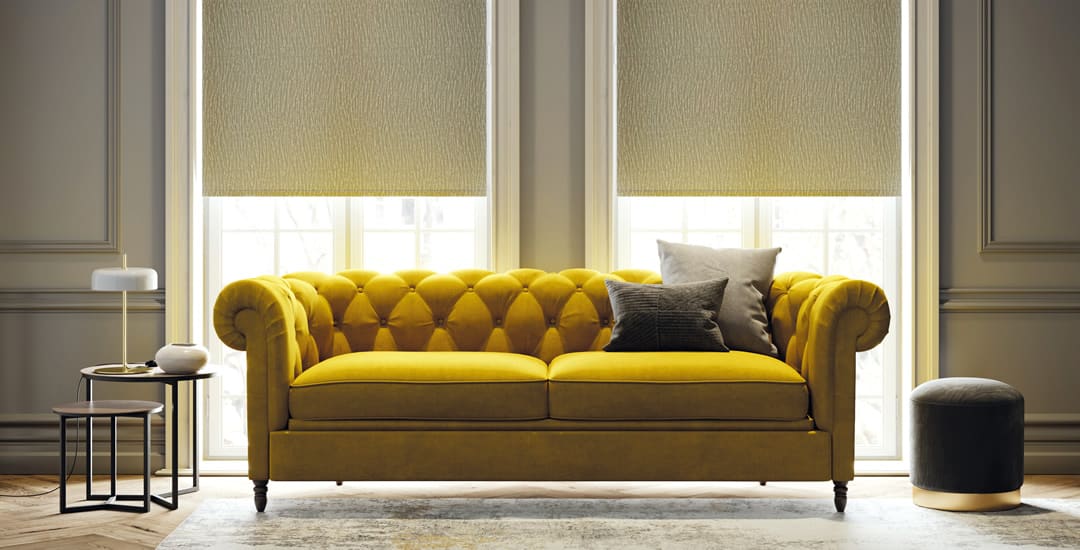
As well as looking good, stuff has to work. Big dog, small room? Do not also add “lots of clutter” to this, unless you consider the tail of a Labrador retriever to be a useful aid to dusting.
Voiles and sheer blinds or hangings aren’t really going to work well in bathrooms unless you have tinted or very frosted windows; bathrooms and kitchens alike need waterproof and easy-clean blinds; and if you’re planning to do a lot of Wii Fit in the lounge, maybe don’t go with that low-hanging chandelier lightshade that worked well on the showroom’s vaulted ceiling.
9. Thou shalt not set oneself up to be the victim of murder

Depending on what you’re doing, who you live with, and who lives around you, you may need to inform others of your plans or worse, get the ok from them… Either in terms of your style choices, or in a “so, planning to hit the power saw pretty hard at 1am, that’s cool right, downstairs neighbour?” Kind of way.
Anyone who lives with you and so, who will be impacted upon by the changes – either in terms of having to live with them or potential inconvenience – and anyone who will potentially be disturbed by them externally, needs to be informed, asked, or potentially bribed into supporting your endeavour.
10. Thou shalt not bite off more than thou can chew.
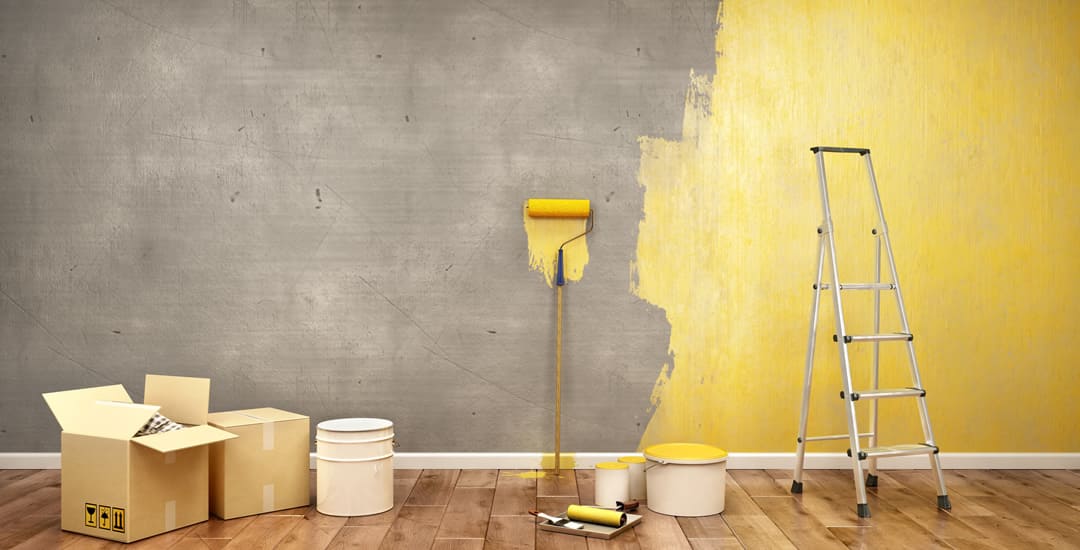
And finally. I mentioned earlier on about knowing your limits in terms of skills, landlords, not being allowed to use power tools after that last incident and so on, but in closing, I do just want to give a massive shout out to being realistic.
Plan a small project, or a start-to-end project that’s manageable, both in terms of your skills and time. You can always do another one later on, or expand on something finished; but you and everyone you live with are likely to be rather baleful about things/you if you start something and never finish it, particularly if it looks or functions worse than it did before you got your Sunday DIY head on and jumped the gun.
Amen.

